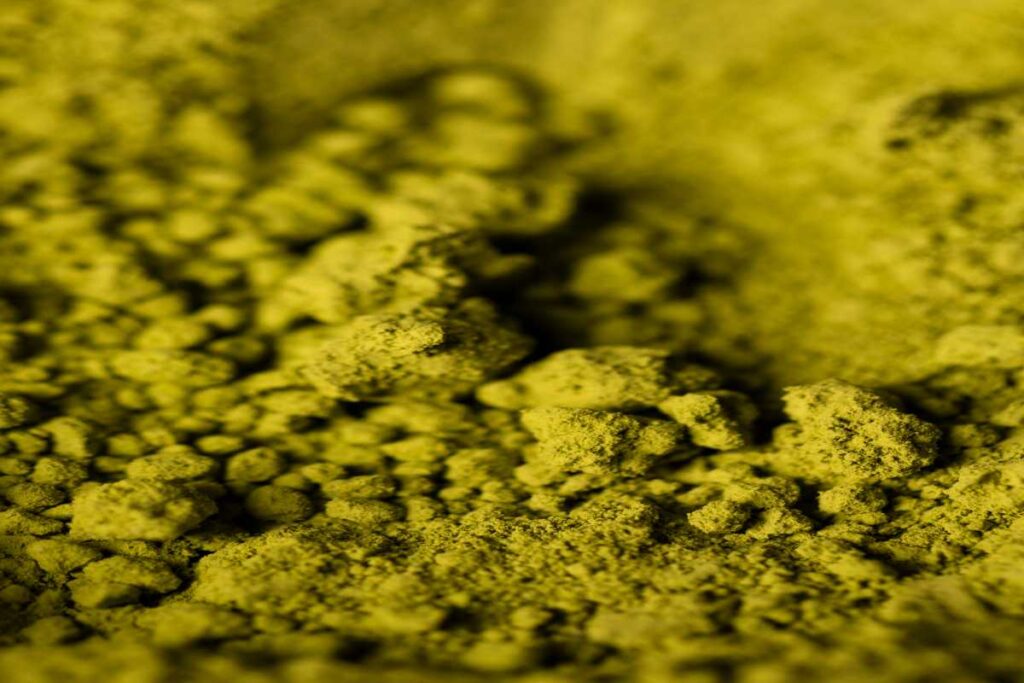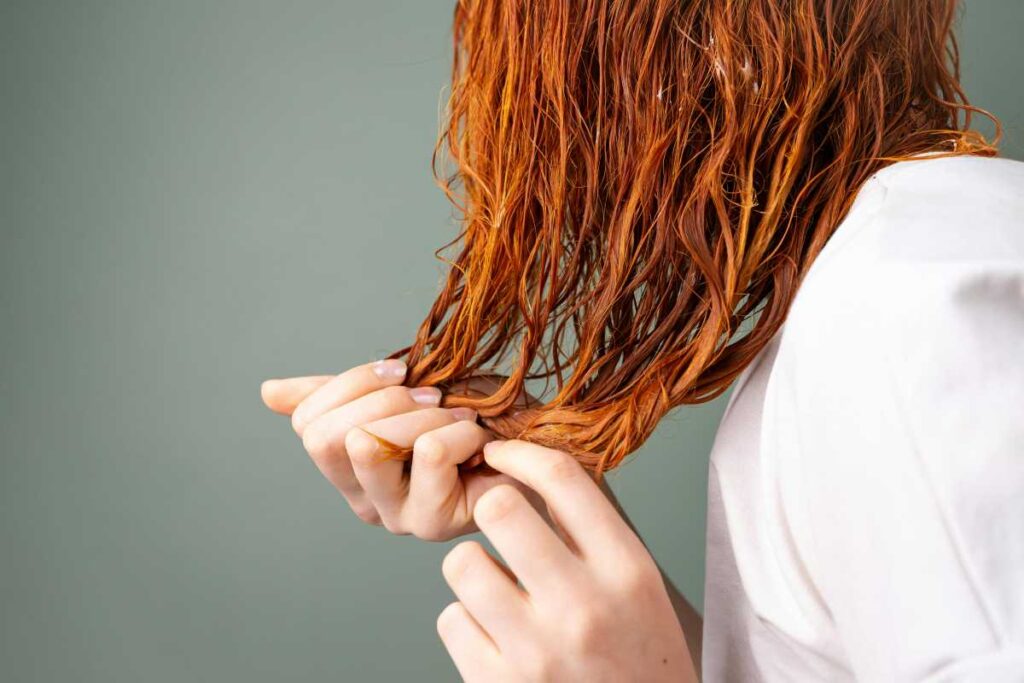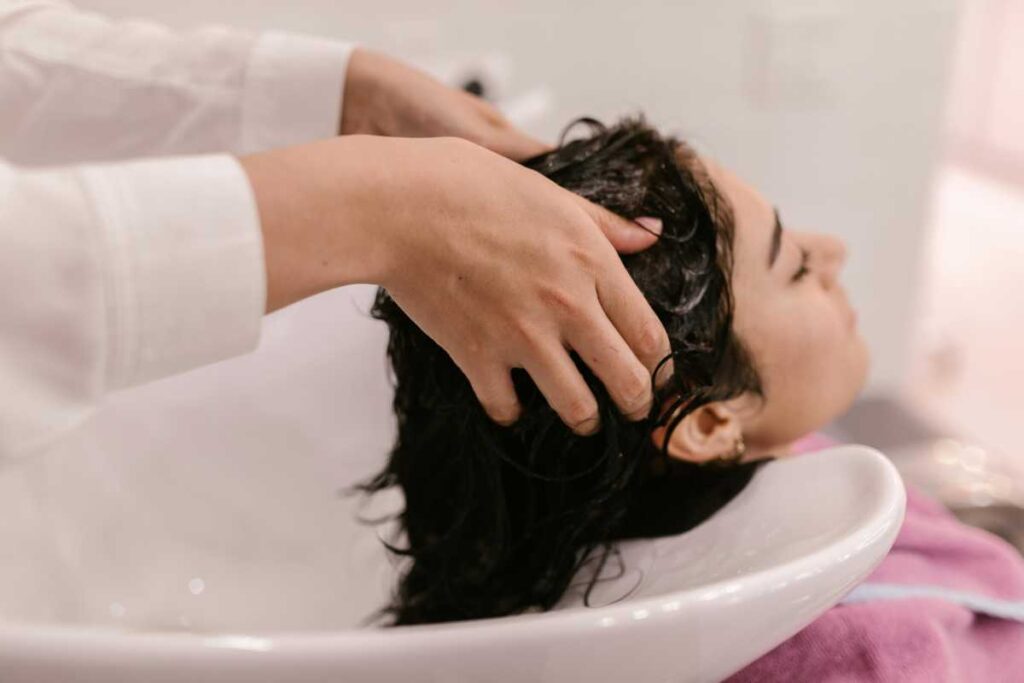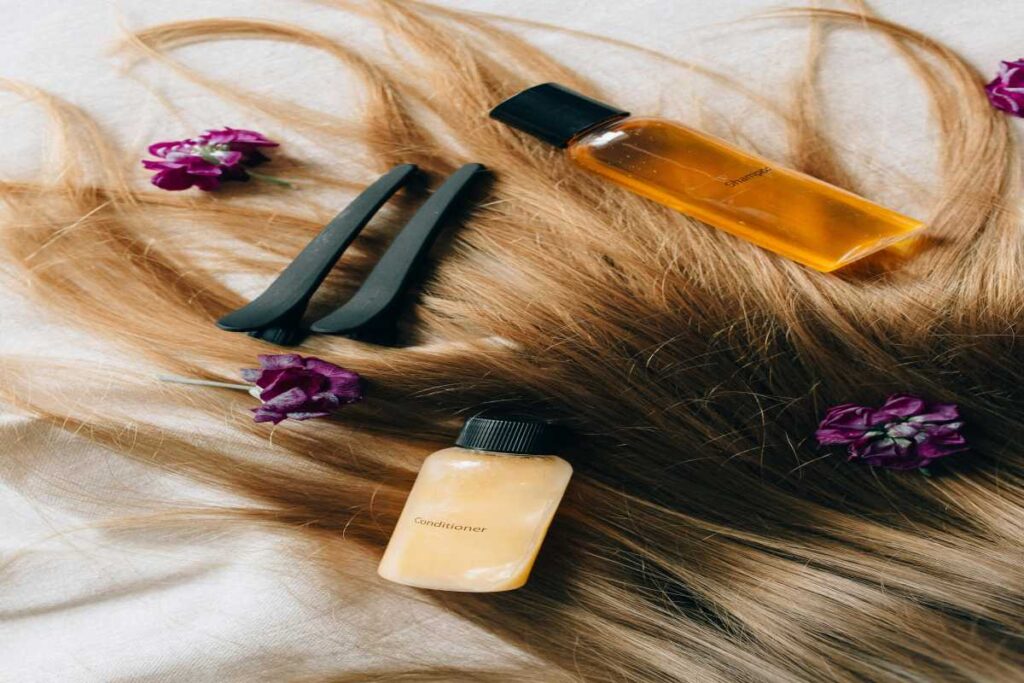Henna has been used for centuries as a natural dye and hair treatment, prized for its ability to add rich color and nourish hair. Whether you’re looking to dye your hair a beautiful shade of red or simply want to improve hair health, henna is an excellent alternative to chemical hair dyes. Not only does it give your hair a unique, natural color, but it also strengthens and conditions it, promoting healthy hair growth.
In this article, we’ll guide you through the process of applying henna to your hair, including preparation, the application process, and some tips for achieving the best results.
Benefits of Using Henna for Hair
Before we get into the step-by-step guide, let’s first explore the benefits of using henna for hair:
- Natural Hair Dye
Henna provides a natural alternative to chemical hair dyes. It creates rich red, orange, or brown hues depending on your natural hair color, without harmful chemicals like ammonia or peroxide. - Strengthens Hair
Henna coats the hair shaft, adding strength and volume. It can help to reduce split ends and breakage, leaving your hair healthier. - Improves Scalp Health
Henna has natural antifungal and antibacterial properties, which can help maintain a healthy scalp and reduce dandruff and other scalp conditions. - Adds Shine
Henna leaves a beautiful shine on the hair, giving it a healthy, vibrant look. - Prevents Premature Graying
Regular henna treatments can slow down the appearance of gray hairs by promoting hair color naturally.
What You’ll Need
- Henna Powder (available at health food stores, beauty shops, or online)
- Warm Water or Tea (to mix the henna paste)
- A Bowl and Spoon (for mixing)
- Gloves (to avoid staining your hands)
- Plastic Wrap or Shower Cap (to cover your hair while it sets)
- Plastic or Wooden Spoon (do not use metal as it can affect the henna paste)
- Old Towel or Shirt (to protect your clothing from staining)
- Vinegar or Lemon Juice (optional, for added acidity)
- Essential Oils (optional, to enhance the scent of the paste)
How to Prepare and Apply Henna for Hair: Step-by-Step
Step 1: Prepare the Henna Paste
- Mix the Henna Powder: Start by placing the henna powder into a bowl. Depending on your hair length, you may need anywhere from 50g to 150g of henna powder. For longer hair, use more.
- Add Warm Water or Tea: Gradually add warm water (or herbal tea for added benefits) to the henna powder. Stir the mixture with a plastic or wooden spoon until it forms a thick, smooth paste. The consistency should be similar to mashed potatoes or yogurt.
- Optional Additives: You can also add a small amount of lemon juice or vinegar to the paste, which helps release more dye and intensify the color. Adding a few drops of essential oils like lavender or eucalyptus can also reduce the strong smell of henna.
- Let It Sit: Cover the paste and let it sit for 2-4 hours (or overnight, if possible). This helps the dye to fully release and gives you the most vibrant color.
Step 2: Prepare Your Hair
- Clean and Dry Hair: Wash your hair with a mild shampoo to remove any product buildup or oils. Make sure your hair is completely dry before applying henna, as this ensures the paste will adhere better.
- Protect Your Skin and Clothes: Henna can stain skin and clothing, so wear an old shirt, and wrap an old towel around your shoulders. Apply a thin layer of petroleum jelly or oil around your hairline, ears, and neck to protect your skin from staining.

Step 3: Apply the Henna Paste
- Divide Your Hair: Section your hair into small, manageable parts. This makes the application process easier and more uniform.
- Start from the Roots: Using your gloved hands or a brush, begin applying the henna paste to your hair, starting from the roots and working your way down to the tips. Make sure the hair is fully coated with the paste, and continue applying until all sections of your hair are covered.
- Massage the Paste In: Once the paste is applied, gently massage it into your scalp and hair to ensure even distribution.
- Wrap It Up: After applying the henna paste, gather your hair and wrap it in a bun or secure it with a clip. Cover your hair with a plastic wrap or shower cap to help retain heat and allow the dye to develop.
Step 4: Let the Henna Set
- Wait for the Dye to Develop: Leave the henna paste on your hair for at least 1-2 hours. For deeper, more intense color, you can leave it on for up to 4 hours, or even overnight. The longer you leave it on, the more vibrant the color will be.
- Relax and Wait: During this time, you can relax or do other activities, but avoid getting the paste wet.
Step 5: Rinse and Condition
- Rinse Thoroughly: After the wait time is over, rinse the henna out of your hair with lukewarm water. Avoid using shampoo at this stage as it can strip the color. Just rinse until the water runs clear, and you’ll notice that your hair feels thicker and stronger.
- Condition: Once you’ve rinsed the henna out, apply a mild conditioner to your hair. Henna can be drying, so conditioning will help restore moisture and softness.
Tips for Achieving the Best Results
- Test First: If it’s your first time using henna, perform a patch test on a small section of your hair to ensure you’re happy with the color.
- Consistency is Key: For the best results, use henna regularly (every 4-6 weeks). Over time, you’ll notice a build-up of color, which will deepen with each application.
- Avoid Chemical Dyes: Since henna is a natural dye, it’s best to avoid using chemical hair dyes immediately after applying henna. The chemicals can interfere with the henna’s natural properties.
- Experiment with Blends: You can mix henna with other natural ingredients like indigo or cassia to achieve different shades (e.g., brown, black, or copper tones).
Conclusion
Applying henna for hair is an effective and natural way to dye your hair while also nourishing it. By following the steps outlined in this guide, you can achieve rich, vibrant color without the need for harsh chemicals. Remember, the results may vary based on your natural hair color, so feel free to experiment with different application times and mixtures to find your perfect shade. Embrace the beauty of henna and enjoy healthier, shinier hair!






